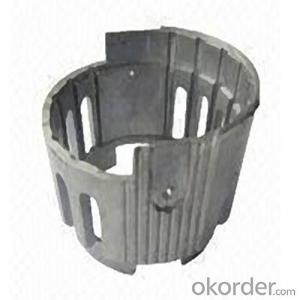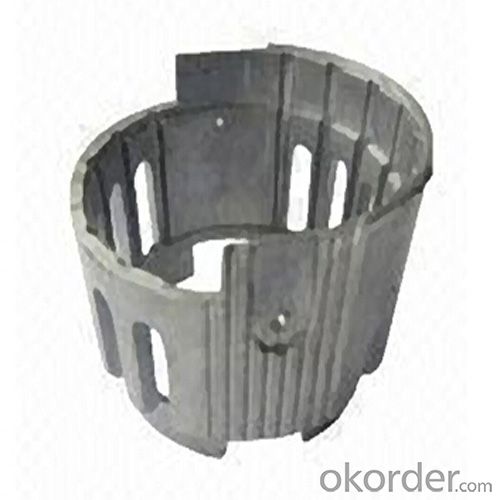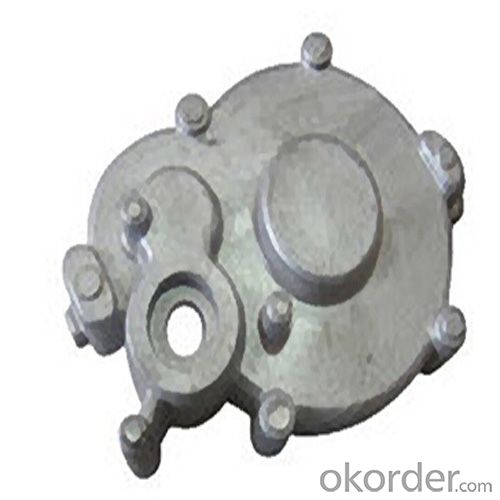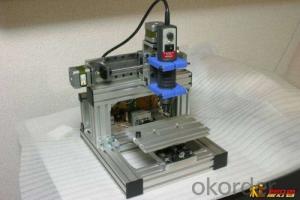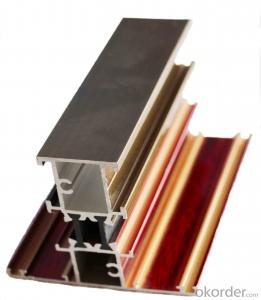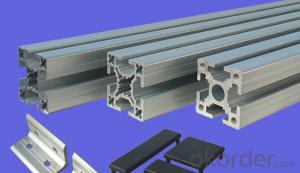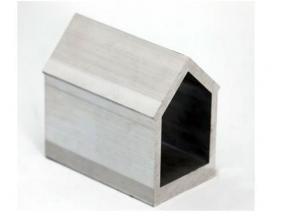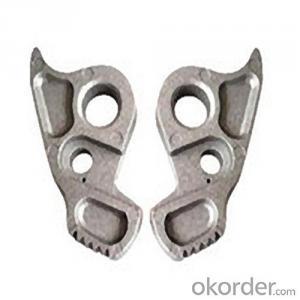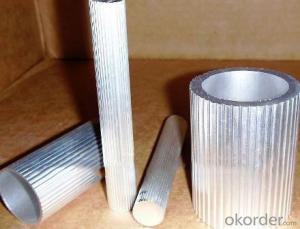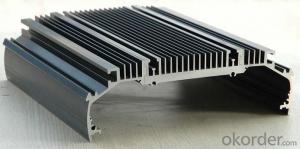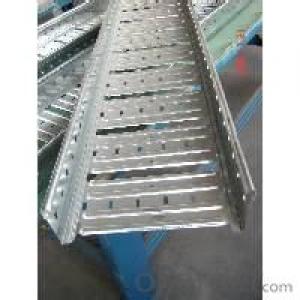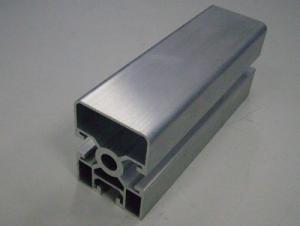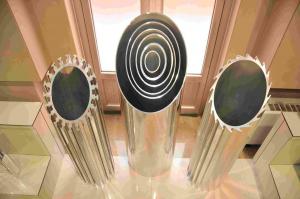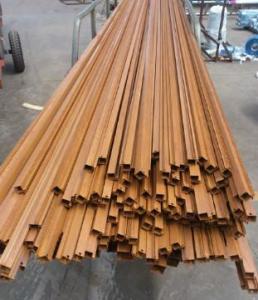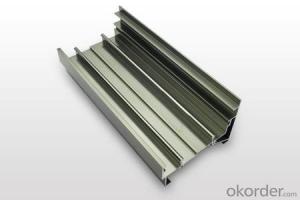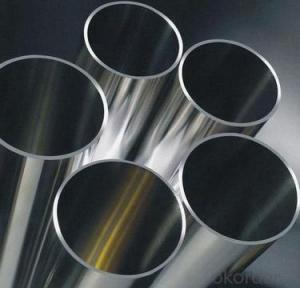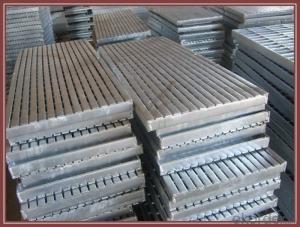Extrusion Profiles Aluminum - Zamak Die Casting with ISO Certificated and High Quality
- Loading Port:
- Guangzhou
- Payment Terms:
- TT OR LC
- Min Order Qty:
- 1000 pc
- Supply Capability:
- 100000 pc/month
OKorder Service Pledge
OKorder Financial Service
You Might Also Like
Structure of Zamak Die Casting Description:
Zamak Die Casting is applied to the business with mature production skills and complete casting parameters. The fact is aluminum cold chamber die casting is generally and acceptable by all customers. Aluminum Alloys Applied to Us: ASTM: A413, A356, A360, A380, A383…etc. JIS: ADC1, ADC3, ADC6, ADC10, ADC12…etc.
Zamak Die Casting is a metal casting process that is characterized by forcing molten metal under high pressure into a mold cavity. The mold cavity is created using two hardened tool steel dies which have been machined into shape and work similarly to an injection mold during the process. Most die castings are made from non-ferrous metals, specifically zinc, copper, aluminium, magnesium, lead, pewter and tin based alloys. Depending on the type of metal being cast, a hot- or cold-chamber machine is used.
2.Main Features of the Zamak Die Casting:
.High pressure, high temperature, high speed.
.Better performace, complex shape, thin-walled precision parts.
.Smoth surface, various surface treatment.
.Mechanical properties and wear resistance.
3. Zamak Die Casting Images
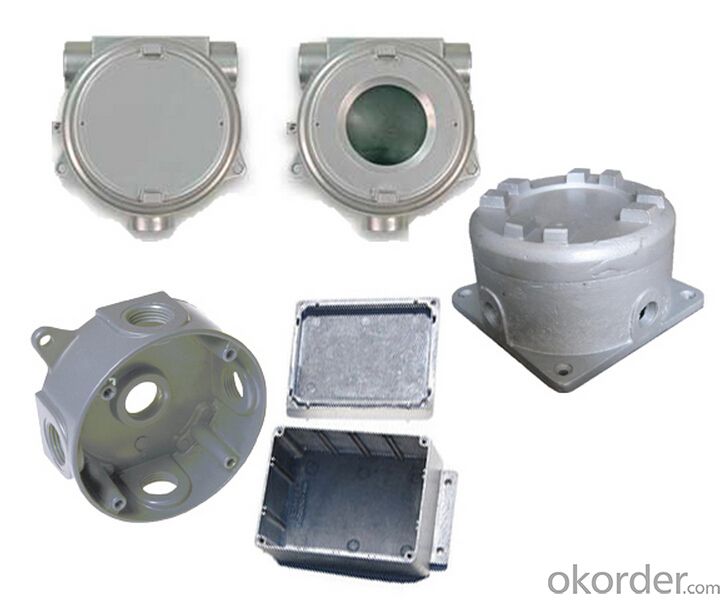
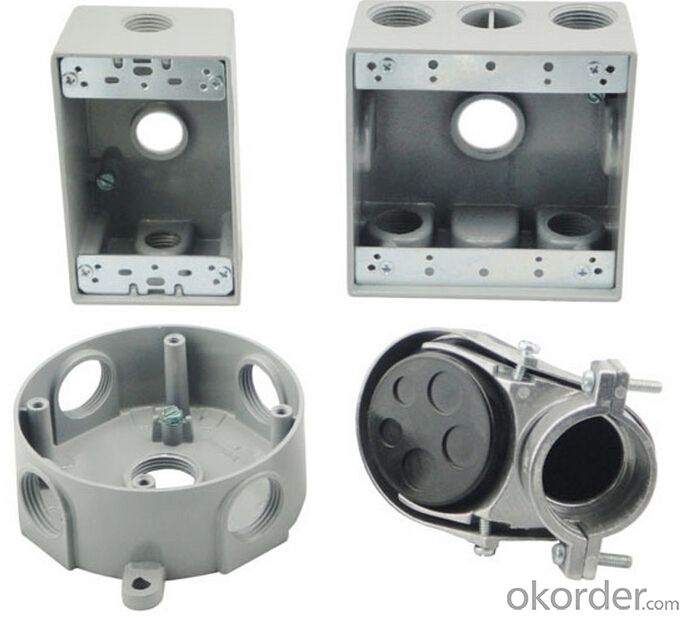
4. Zamak Die Casting Specification
Product Class: | zamak die casting | ||
Material: | Aluminum & Aluminum alloy A360, A380, A356, ADC12,ADC10, | ||
weight | 0.02-15 kg ( Tolerance :+/- 0.5mm) | ||
Manufacture Process | 1) Process: zamak die casting/Metal alloy die casted parts /gravity casting products 2)Secondary Machining: CNC turning, milling, drilling, grinding, assembly to Packing 3) Surface Finish: Chrome plating, sandblasting, painting, anodizing, powder coating, electrophoresis |
5.FAQ
①How about your company?
We are a state-owned company. The quality is guaranteed.
②How about delievery time?
It will be one month
③MOQ?
MOQ is 1000pieces
- Q: What are the different surface treatments for aluminum profiles?
- There are several different surface treatments available for aluminum profiles, each offering unique benefits and characteristics. Some of the most common surface treatments for aluminum profiles include anodizing, powder coating, painting, and brushing. Anodizing is a popular surface treatment method that involves creating a protective oxide layer on the aluminum surface. This process enhances the corrosion resistance of the aluminum, making it suitable for outdoor applications. Anodized aluminum profiles are also known for their aesthetic appeal, as they can be dyed in various colors for a sleek and modern finish. Powder coating is another widely used surface treatment technique for aluminum profiles. It involves applying a dry powder paint onto the aluminum surface, which is then cured under heat to create a durable coating. Powder-coated aluminum profiles offer excellent resistance to scratching, chipping, and fading, making them ideal for applications that require long-lasting and vibrant finishes. Painting is a versatile surface treatment option that allows for a wide range of color choices and finishes. Aluminum profiles can be painted using various methods, such as spray painting or electrostatic coating. Painted aluminum profiles provide a smooth and attractive appearance, suitable for both indoor and outdoor applications. Brushing is a surface treatment technique that involves brushing the aluminum surface with a wire brush or abrasive material. This process creates a textured finish, giving the aluminum a distinctive and decorative look. Brushed aluminum profiles are often chosen for architectural and design applications that require a unique and stylish appearance. Overall, the choice of surface treatment for aluminum profiles depends on the specific requirements of the application. Factors such as corrosion resistance, durability, aesthetic appeal, and functionality play a crucial role in determining the most suitable surface treatment method for aluminum profiles.
- Q: What are the different methods of joining aluminum profiles together?
- There are several methods of joining aluminum profiles together, depending on the specific application and desired outcome. Some of the most common methods include: 1. Mechanical fastening: This method involves using screws, bolts, or rivets to secure the aluminum profiles together. It is a simple and cost-effective method, suitable for various applications. However, it may leave visible fasteners and require additional finishing. 2. Welding: Aluminum profiles can be joined through various welding techniques, such as TIG (Tungsten Inert Gas), MIG (Metal Inert Gas), or laser welding. Welding provides a strong and seamless joint, making it suitable for structural applications. However, it requires specialized equipment and expertise. 3. Adhesive bonding: Adhesives specifically designed for aluminum bonding can be used to join profiles together. This method offers high strength, uniform distribution of stress, and a clean aesthetic appearance. Adhesive bonding is commonly used for lightweight applications or when welding is not feasible. 4. Slotting and interlocking: Aluminum profiles with specially designed slots or interlocking features can be joined together without the need for additional hardware. This method provides a clean and seamless appearance while maintaining structural integrity. 5. Thermal joining: Heat-based methods such as hot plate welding or induction heating can be used to join aluminum profiles. These processes involve melting a portion of the aluminum surface and bonding it together upon cooling. Thermal joining offers high strength and aesthetics without the need for additional materials. 6. Extrusion-based connectors: Extrusion connectors are specially designed components that allow aluminum profiles to be joined together. These connectors are typically inserted into the profile's slots or channels, providing a secure and durable connection. It is important to consider factors such as strength requirements, appearance, ease of assembly, and cost when selecting the appropriate method for joining aluminum profiles. Each method has its advantages and limitations, so choosing the most suitable method depends on the specific application and desired outcome.
- Q: Explain the various methods used to install aluminum profiles in construction projects.
- <p>There are several methods to install aluminum profiles in construction: 1. Bolting: Aluminum profiles can be secured with bolts and nuts, providing a strong and adjustable connection. 2. Welding: For permanent and rigid connections, aluminum profiles can be welded together. 3. Adhesive bonding: Using specialized adhesives, aluminum profiles can be bonded together for a secure fit. 4. Clipping: Some profiles come with clip-on connectors that allow for quick and easy assembly. 5. Screwing: Self-tapping screws can be used to join aluminum profiles, providing a strong hold without the need for pre-drilled holes. 6. Mortise and tenon: A traditional woodworking joint that can be adapted for aluminum profiles, creating a tight and secure fit. Each method has its advantages and is chosen based on the specific requirements of the construction project.</p>
- Q: What are the different types of brackets used with aluminum profiles?
- There are several types of brackets commonly used with aluminum profiles, including corner brackets, T-slot nuts, angle brackets, and joiner brackets. These brackets are designed to provide stability, connection, and support when assembling aluminum profiles in various configurations and applications.
- Q: How do you ensure proper insulation with aluminum profiles?
- To ensure proper insulation with aluminum profiles, there are several key steps that can be taken. 1. Thermal break technology: Utilize aluminum profiles with thermal break technology. This involves the addition of a non-conductive material, such as polyamide, between the inner and outer aluminum sections. This helps to reduce heat transfer and improve insulation properties. 2. Proper sealing: Ensure that the aluminum profiles are properly sealed when installed. This includes using high-quality sealants and gaskets to prevent air leakage and create a tight seal. Pay attention to corners, joints, and any other potential areas of air infiltration. 3. Double or triple glazing: When using aluminum profiles for windows or doors, opt for double or triple glazing. This involves using multiple layers of glass with an air or gas-filled space in between. This extra layer of insulation helps to reduce heat transfer and improve energy efficiency. 4. Insulated frames: Consider using aluminum profiles with insulated frames. These frames have a layer of insulation material within them, further reducing heat transfer and improving thermal performance. 5. Thermal insulation accessories: Utilize additional thermal insulation accessories, such as thermal breaks, insulation tapes, or foam inserts. These can be installed within the aluminum profiles to enhance insulation properties and minimize thermal bridging. 6. Proper installation techniques: Ensure that the aluminum profiles are installed correctly by following manufacturer guidelines and recommendations. This includes using appropriate fasteners, avoiding gaps or spaces, and ensuring proper alignment and fit. By implementing these measures, proper insulation can be achieved with aluminum profiles, resulting in improved energy efficiency, reduced heat loss or gain, and increased comfort in buildings.
- Q: How can I control the hardness of 6063 aluminum profile at 6-9 degrees?
- Two 、 soft burning treatment:2.1 purpose:Materials for stretching and stretching include rolling materials, extrusion materials and forging materials:Casting - Hot Processing - cold processing - finished materialIn the process of hot or cold processing processing, material processing hardening, the strength increases or lead to work hardening, the strength increases or lead to reduced processing. In order to eliminate the work hardening, for cold working before or after the application of heat treatment is soft burning treatment. Its purpose is to make use of the material is needed.2.2 classification:Due to the different conditions of soft burning:2.2.1 part of soft burning: only part of the work hardening is eliminated, the treatment temperature is below the recrystallization temperature, the actual temperature depends on the strength, and the higher the strength, the lower the treatment temperature2.2.2 completely soft burning: treatment temperature in the recrystallization temperature or slightly higher, so that the material recrystallization, and completely eliminate the work hardening, also make the strength to the lowest stateThere is time and soft burning:2.2.3 soft burning before cold or cold start process, soft burning treatment added, usually completely soft burning, its purpose in the recovery process, and make the next function more smoothly, and the control of the organization, in order to fit for the final product requirements.2.2.4 ultimate soft burning: the main purpose is to adjust the final strength level of the finished product, that is, to adjust the chain3 processing common sense
- Q: What role does glass curtain wall aluminum profile holder play?
- The subframe is formed by connecting the silicone structural adhesive with the glass and then connecting the plate with the aluminum alloy through the platen. The purpose of the subframe is to achieve the "hidden frame" purpose
- Q: What are the load-bearing capacities of aluminum profiles?
- The load-bearing capacities of aluminum profiles vary depending on factors such as the profile's shape, size, and design. It is essential to consult the manufacturer's specifications or engineering data to determine the specific load-bearing capacity of a particular aluminum profile.
- Q: This question asks about the various types of aluminum profiles that are utilized in the construction of exterior wall systems.
- <p>Aluminum profiles for exterior wall systems include several types: 1. <strong>Vertical and Horizontal Mullions</strong>: These are the main structural components that form the framework of the system. 2. <strong>Transoms and Muntins</strong>: These profiles divide the large glass panes into smaller sections, providing structural support and aesthetic appeal. 3. <strong>Cover Caps</strong>: Used to cover the joints and intersections of the profiles, enhancing the visual appearance and weatherproofing. 4. <strong>Sill Channels</strong>: Installed at the base of windows to direct water away from the building. 5. <strong>Head Channels</strong>: Positioned at the top of the window or door openings. 6. <strong>Jamb Liners</strong>: These are used to reinforce the sides of the openings. 7. <strong>Gaskets and Seals</strong>: Essential for weatherproofing and insulation. Each type serves a specific function in ensuring the stability, durability, and aesthetic of the exterior wall system.</p>
- Q: Are aluminum profiles suitable for use in furniture fittings and accessories?
- Yes, aluminum profiles are suitable for use in furniture fittings and accessories. Aluminum is lightweight, durable, and resistant to corrosion, making it an ideal material for various furniture applications. Additionally, aluminum profiles can be easily fabricated into different shapes and designs, allowing for versatility in furniture design.
Send your message to us
Extrusion Profiles Aluminum - Zamak Die Casting with ISO Certificated and High Quality
- Loading Port:
- Guangzhou
- Payment Terms:
- TT OR LC
- Min Order Qty:
- 1000 pc
- Supply Capability:
- 100000 pc/month
OKorder Service Pledge
OKorder Financial Service
Similar products
Hot products
Hot Searches
Related keywords
